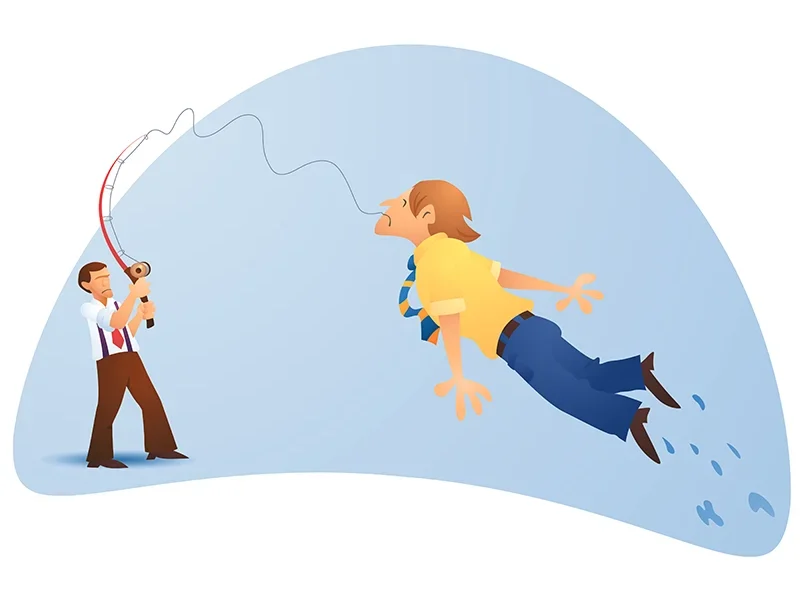Are you struggling to rank higher on search engine results pages (SERPs)? If so, you may want to take a closer look at how you use header tags on your website. This article will explain how to optimise a website using header tags. We will cover the basics of header tags, the different types, and how to use them effectively to improve your website’s SEO.
When it comes to SEO, header tags play a vital role in helping search engines understand the structure and content of your website. Header tags are HTML elements that are used to define headings and subheadings on a web page. They range from H1 to H6, with H1 being the most important and H6 being the least important.
By using header tags correctly, you can improve your website’s user experience, make it easier for search engines to crawl your site, and improve your rankings on SERPs.
So, how can you optimise your website using header tags? Let’s dive in.
The following are some tips to help you optimise your website using header tags:
1. Use Only One H1 Tag
The H1 tag is the most important heading on your web page, and it should be used to indicate the main topic or theme of your content. Every web page should have only one H1 tag, and it should be placed at the top of the page.
Using more than one H1 tag on a web page can confuse search engines and dilute the impact of your main heading. So, make sure to use the H1 tag wisely.
2. Use H2 Tags for Subheadings
After the H1 tag, you should use H2 tags to indicate the subheadings on your web page. H2 tags should be used to break up your content into sections and make it easier for users to scan your page.
Each section should have its own H2 tag, and you can use H3, H4, and so on, for subsections. This creates a clear hierarchy of information that makes it easier for search engines to crawl your site.
3. Include Keywords in Your Headers
When you use header tags, it’s important to include relevant keywords in your headings. This helps search engines understand the context of your content and rank it accordingly.
However, don’t stuff your headers with keywords. Use them naturally and avoid overusing them, as this can be seen as spammy and harm your rankings.
4. Make Your Headers Descriptive
Your header tags should be descriptive and accurately reflect the content of your web page. This not only helps search engines understand your content but also improves the user experience.
Users should be able to get a good idea of what your web page is about just by reading your header tags. So, make sure to write clear and concise headers that accurately reflect your content.
5. Use CSS to Style Your Headers
While header tags are important for SEO, they are also important for the overall design of your website. You can use CSS to style your headers and make them visually appealing.
Using different font sizes, colours, and styles can make your headers stand out and improve the user experience. Just make sure to keep the styling consistent throughout your website.
6. Use Header Tags in the Right Order
When using header tags, it’s important to use them in the right order means that you should use header tags in a logical and hierarchical order. Start with the H1 tag at the top of your page, followed by H2 tags for the main sections, and then H3 tags for subsections, and so on.
Using header tags in the right order helps search engines understand the structure of your content and rank it accordingly. It also makes it easier for users to navigate your website and find the information they’re looking for.
7. Use Header Tags for Accessibility
Header tags are not only important for SEO and design but also for accessibility. Screen readers and other assistive technologies rely on header tags to navigate and understand the content of a web page.
By using header tags correctly, you can improve the accessibility of your website and make it easier for all users to access your content.
8. Use Header Tags Consistently
Consistency is key when it comes to using header tags on your website. Make sure to use the same formatting and styling throughout your website, and avoid using header tags for non-heading content.
Using header tags consistently not only improves the user experience but also makes it easier for search engines to crawl your site.



